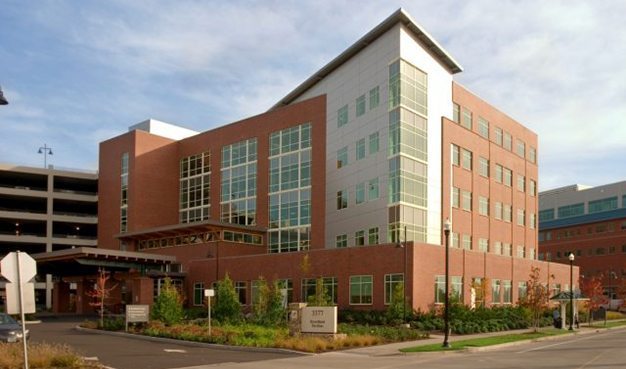Oregon Neurosurgery at PeaceHealth RiverBend Pavilion

Success for thousands of patients with complex conditions and disorders of the brain and spine
Each year, neurosurgeons perform more than 500 computer-assisted, image-guided brain surgery for the advanced treatment of brain tumors, epilepsy and other conditions.
Spine Surgery
Spinal injuries and diseases are among the most complex and difficult of ailments. Millions suffer from the broad range of disease processes that can affect the spine, which include degenerative conditions such as lumbar and cervical disk diseases, rheumatoid arthritis, spinal cord and vertebral tumors, spinal cord malformations, trauma and infections.
Safer Brain Cancer and Spine Surgery with Stealth Navigation
Stealth navigation is a computerized surgical guidance system that allows a neurosurgeon to safely move through the brain or spine during surgery. Pictures of the brain or spine are loaded into a computer system before surgery. During surgery, the neurosurgeon uses the computer images as a guide, similar to the way GPS technology works. Stealth navigation makes brain and spinal surgery much safer because the surgeon can see where critical structures are in relation to his or her location and adjust the plan accordingly.
Stealth navigation helps neurosurgeons:
- Enhance tumor boundary recognition
- Determine the best placement and size of the craniotomy
- Account for brain shift during the procedure
- Plan the least invasive surgical path
Endovascular Neurosurgery
Endovascular neurosurgery is a specialized field of neurosurgery that uses minimally invasive techniques to treat various disorders of the brain, including stroke, cerebral aneurysm, and arteriovenous malformation (AVM). The term endovascular refers to the technique of treating the problem from inside the blood vessel.
Our Services
Our Team
-
Image

-
Image

-
Image

-
Image

-
Image

-
Image

-
Image

-
Image

-
Image

-

-
Image

Related Locations
My PeaceHealth Patient Portal
- Communicate with your doctor
- Request prescription refills
- Access your test results
- Manage your appointments
